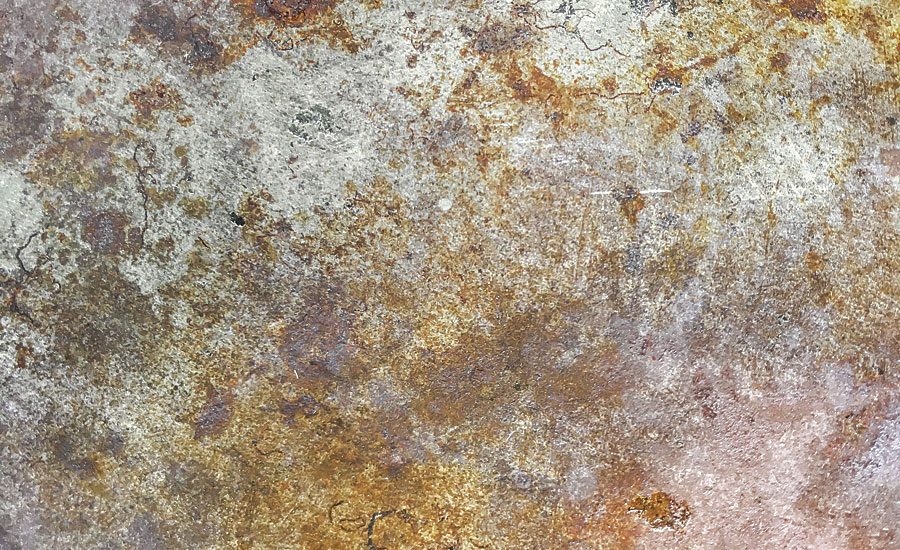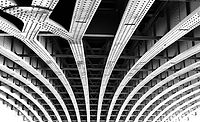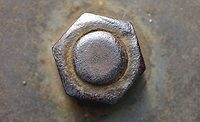On the Track of Corrosion
Rapid, Objective and Reliable Evaluation and Documentation of Corrosion Test Plates




Filiform corrosion is a particular problem for coated aluminum and low-alloy steel structures. The corrosion is initiated by the combined action of water, oxygen and starter salts. Beginning from bare edges or local damages to the coating, the corrosion proceeds between the coating and metal substrate in the form of thread-like filaments.
The development of coating systems with improved corrosion protection as well as the coating quality control require the evaluation of a large numbers of coated test plates. To perform the accelerated corrosion, the coating is first damaged by a standardized procedure of scribing a defined pattern. Then the test plates are exposed to different corrosive atmospheres in climate chambers. After a predefined number of hours, the extent of corrosion is measured. Traditionally this is done manually, using a magnifying glass with integrated scale, making the process tedious, time-consuming, error-prone and highly subjective.
Corrosion Inspector is a color scanner system for objective evaluation of filiform and other types of corrosion phenomena, automating the process and providing a quicker, more objective and reproducible analysis.
Automatic Evaluation
The Corrosion Inspector scans a standardized test plate within 0.8 seconds, and provides a high-contrast image with a resolution of 0.04 mm per pixel. Using automatic processing, the evaluation of a test plate is finished within five seconds, with reports and storage of images included. In contrast, even an experienced operator requires at least 30 seconds for a manual measurement using a magnifying glass and scale, with errors increasing after the analysis of 50 or more test plates because of eyestrain.
The Corrosion Inspector features a number of different evaluation methods, including:
- Filiform corrosion according to ISO21227-4;
- Counting and length measurement of filaments;
- Delamination and corrosion acc. to ISO 4628-8;
- Testing of stone impact resistance, ISO 20567-1.
Once scanned or saved, the image of a test plate can be re-evaluated at any time according to different standards or algorithms.
Reproducible Results
The unit’s SKan-CI software recognizes the position of the scribe automatically for a number of certain scribe patterns, although the position can also be defined manually. Measured values include the corrosion area, the average width of the corrosion area along the scribe, the length and number of individual filaments, or the relation of damaged areas to the measurement area. The true color analysis allows the separation of areas of red rust and coating delamination, or the detection of deepness of damage by recognizing the layer color using the evaluation of stone impact resistance. After the evaluation has finished, the program shows the results graphically and numerically. The operator is able to add the batch identifier, including type of test or corrosion exposure data. The evaluation results of a test plate series can be collected in a Microsoft Excel or a Calc (LibreOffice) spreadsheet. A protocol of all applied image processing procedures is also saved in XML format, making the results comprehendible and enabling a fully reproducible re-analysis.
Conclusion
The Corrosion Inspector was designed to produce a fast and objective evaluation of filiform and other corrosion phenomena by digital analysis of coated test plates. The high resolution and quality of the image ensures an ergonomic and rapid evaluation of the corrosion, automatically and interactively. The broad functional range of the unit’s software also includes the serial measurement of samples, the archiving of the original and post-analysis images as well as the collection of the measured data in Excel spreadsheets. The analysis algorithms can be adapted according to customer needs.
By Schäfter + Kirchhoff, Hamburg, Germany
Looking for a reprint of this article?
From high-res PDFs to custom plaques, order your copy today!










